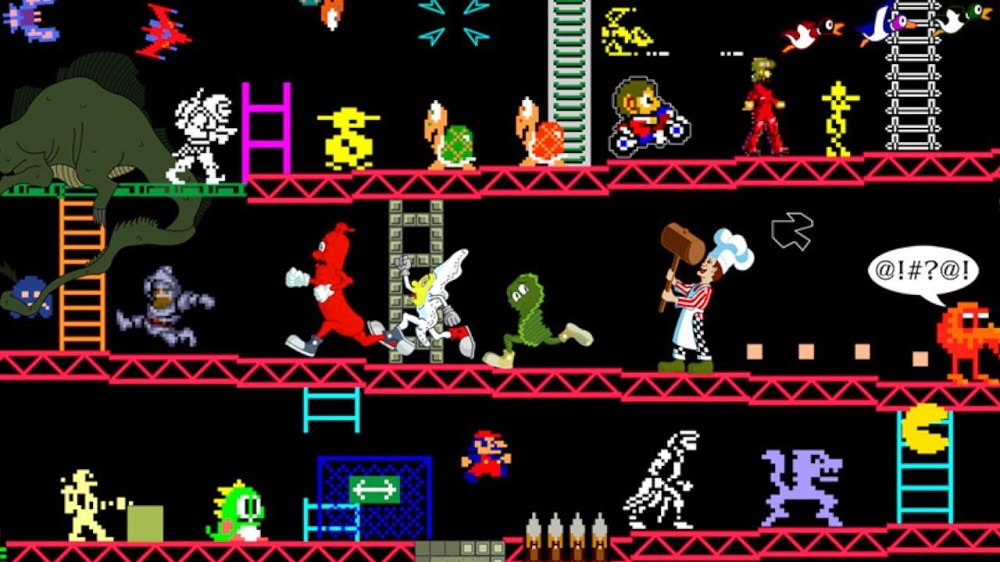Before full-motion video, cinematic trailers, and orchestral scores, there were game intros — simple, pixelated openings that somehow burned themselves into memory forever.
From the electronic whisper of “SEGA!” to the swirling logo of SNES, those moments weren’t just preludes — they were promises. They set the tone, sparked emotion, and pulled us into worlds where imagination filled in the gaps technology couldn’t.
At Oldies Nest, we’re rewinding to celebrate the most iconic game intros of the retro era — moments that defined gaming identity, creativity, and nostalgia.
The Power of the First Impression
Game intros were the gateway between reality and play. They had mere seconds to captivate us — no CGI, no marketing budgets, just creativity and sound design.
In an age of limited memory and hardware constraints, intros served three key purposes:
- Show Identity: Developers used logos, jingles, and animations as signatures.
- Set Atmosphere: The music and visuals established tone before gameplay began.
- Demonstrate Power: Intros showcased what the console could do, a tiny tech flex before the action started.
As explored in The Music of Retro Games: Chiptune Power, even a few beeps and tones could trigger lasting emotional reactions. Retro intros weren’t just technical showcases — they were emotional overtures.
SEGA’s Sonic Splash — “SEEEEGAAAA!” (Sonic the Hedgehog, 1991)
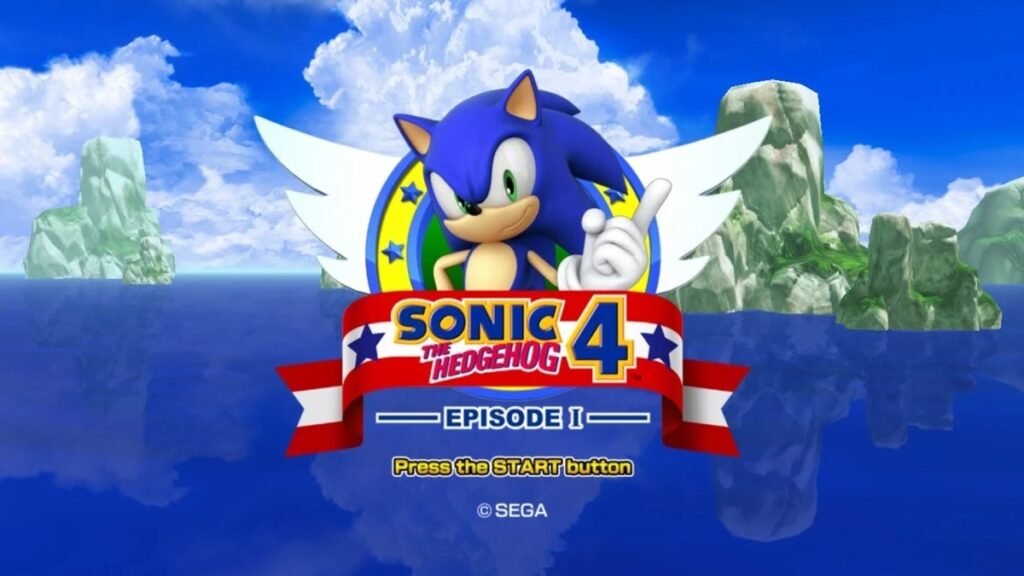
Few sounds in gaming are as instantly recognizable as the drawn-out cry of “SEGA!” at the start of Sonic the Hedgehog.
This single, two-second clip symbolized everything Sega wanted to be: loud, confident, and cool.
- Purpose: Reinforced Sega’s brand identity at the height of its rivalry with Nintendo.
- Effect: Turned a corporate logo into a battle cry.
- Legacy: The voice became so iconic that Sega used it across multiple generations.
As we discussed in Sega vs. Nintendo Console Wars, Sega’s marketing in the early ’90s leaned heavily on attitude — and no moment embodied that better than Sonic’s opening note.
It wasn’t just an intro. It was a statement.
Nintendo’s Golden Curtain — Super Mario Bros. 3 (1988)
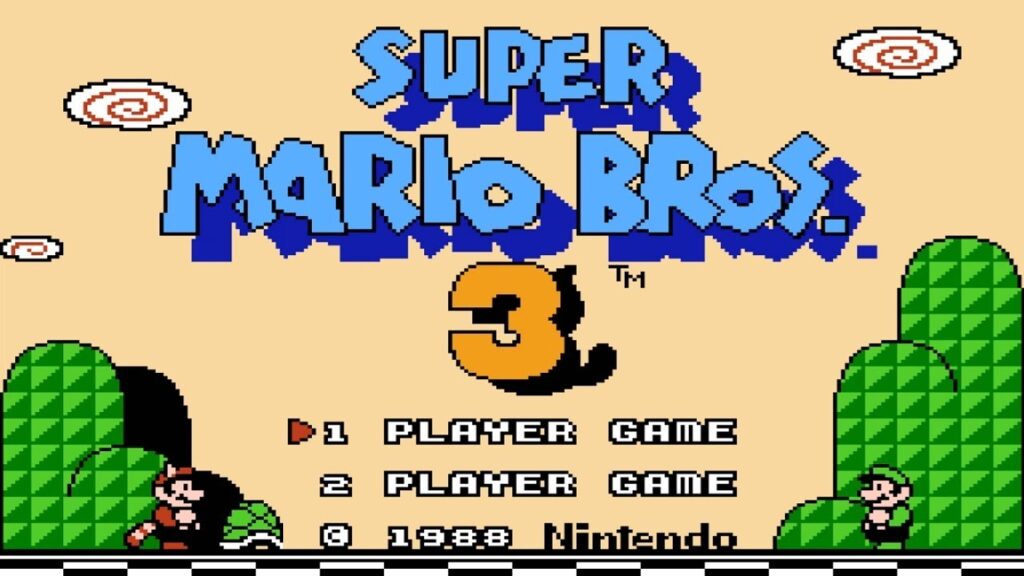
Before the first Goomba even walked across the screen, Super Mario Bros. 3 opened like a stage play — a red curtain rising as Mario and Luigi took their marks.
It was subtle, clever, and deeply symbolic.
- Theme: Gaming as theater — a self-aware performance.
- Design Genius: The stage curtain and shadowed backdrops reinforced the idea of play and presentation.
- Emotional Impact: It set a tone of joy and creativity before gameplay even began.
Miyamoto later confirmed this “play within a play” concept was intentional — and it remains one of gaming’s most celebrated pieces of visual storytelling.
The NES Power-Up Sound — Simplicity as Signature
No single game — just the sound.
That faint click, the black screen, then the Nintendo logo glowing to life. It’s not just a memory — it’s a trigger.
That sound and visual combination was so consistent that it became part of gaming culture itself.
- Technical Note: It was tied to the NES lockout chip initializing — a byproduct turned brand moment.
- Emotional Effect: Pure anticipation. Every time you powered on, you knew adventure was seconds away.
Retro intros didn’t need words. Sometimes, all it took was silence, a glow, and your imagination.
Capcom’s “Yatta!” — Arcade Confidence (Street Fighter II, 1991)
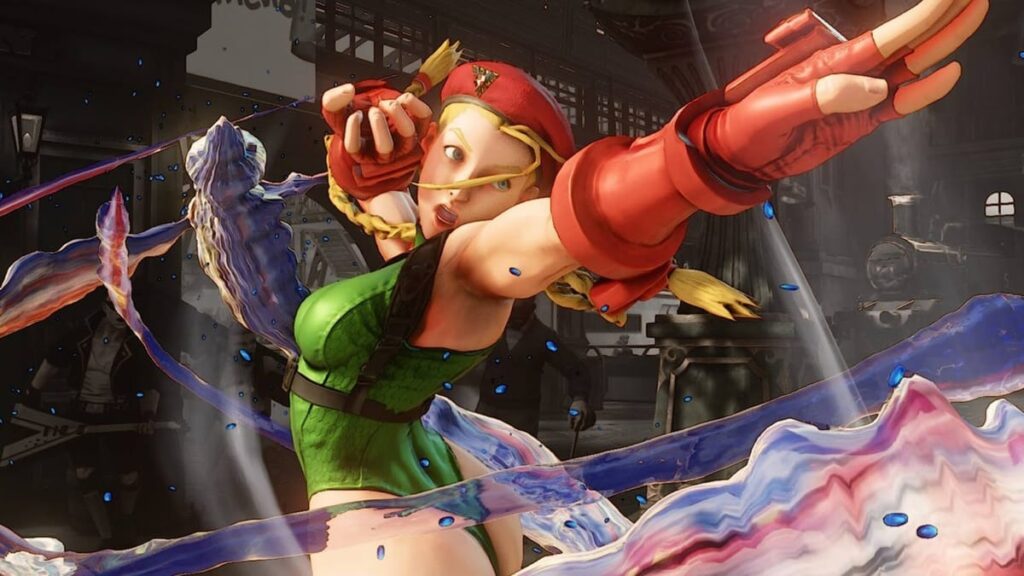
The Capcom logo fading in, the metallic clang of impact, and that triumphant “Yatta!” — the victory cry of the early ’90s arcade.
Few intros captured momentum and energy the way Street Fighter II did.
- Structure: A city skyline, two fighters clashing in the street, one KO punch landing with seismic force.
- Purpose: To make players feel the pulse of competition before even inserting a coin.
- Legacy: Helped define the arcade fighting aesthetic, copied countless times after.
Street Fighter II’s intro marked the moment gaming went from pastime to sport — visual proof that fighting games were more than reflex; they were culture.
Konami’s Symphony of Sparks — Castlevania III: Dracula’s Curse (1989)
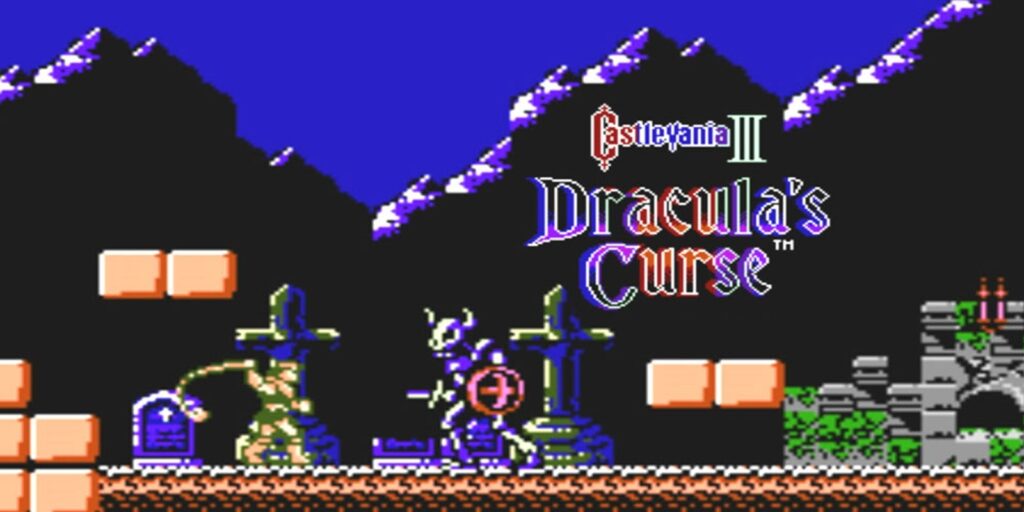
Gothic imagery. Lightning strikes. A whip snapping through darkness.
The Castlevania III intro was a gothic opera compressed into 8 bits.
- Tone: Dark, cinematic, and atmospheric.
- Innovation: Used cutscene-style storytelling before gameplay — a rarity at the time.
- Music: A haunting chiptune overture that set the mood for the series’ legendary soundtrack lineage.
This intro proved that retro games could deliver drama even within extreme limitations. It turned technical boundaries into creative storytelling tools — an idea still influencing modern indie horror titles.
SNES’s Swirl — The Logo That Spoke
Turn on a Super Nintendo and the logo swirl appears — smooth, clean, and polished.
That minimalist intro did something brilliant: it communicated power without arrogance. The color palette, animation fluidity, and smooth fade-in all said one thing — this was the next generation.
The SNES didn’t scream like Sega; it glided into the spotlight.
It’s a perfect example of how brand tone can be expressed through simple motion graphics.
The Scrolling Stars — Final Fantasy VI (1994)
Few intros carry as much emotional weight as Final Fantasy VI’s.

Before any combat or dialogue, the screen fills with stars, then shifts to a frozen tundra as mechanical walkers march across snow, backed by Nobuo Uematsu’s haunting score.
- Emotion: Awe and melancholy.
- Theme: A world where magic and machinery coexist.
- Impact: Blended cinematic ambition with sprite-based storytelling.
This intro remains one of the finest examples of how music, pacing, and pixel art can evoke emotion rivaling any modern cutscene.
It’s the perfect case study for what we discussed in Pixel Art — proof that beauty and emotion can thrive even in 16-bit form.
The PlayStation Logo — A New Dimension (1994)
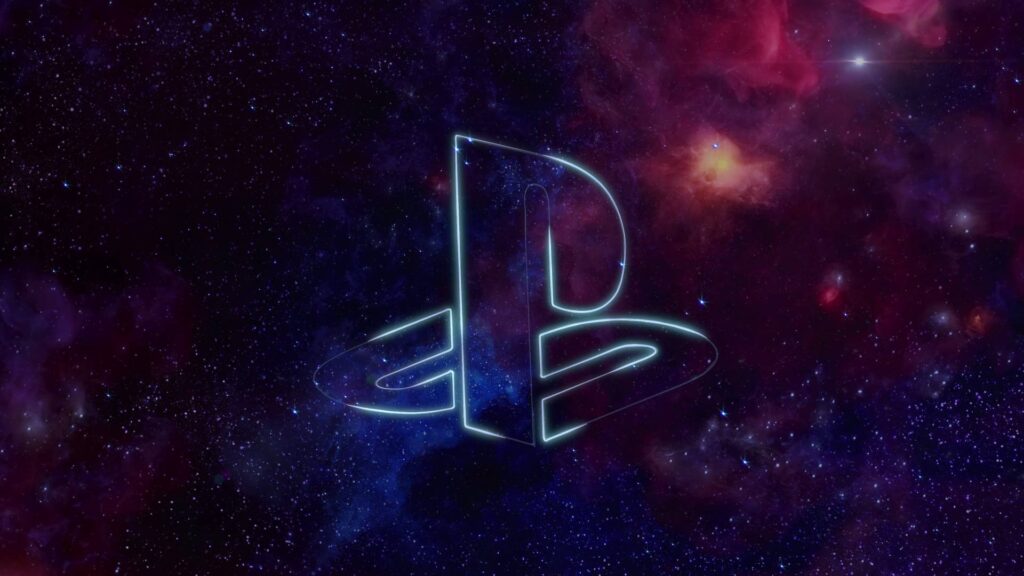
When that white screen flashed and the bwooooom of the PlayStation startup echoed through living rooms, it was like crossing a threshold.
- Sound Design: Deep, resonant, futuristic.
- Symbolism: The end of pixels, the start of polygons.
- Cultural Impact: Became shorthand for gaming evolution.
Even today, the PS1 boot sequence triggers instant nostalgia — proof that intros can transcend individual games to represent entire eras.
Rare’s Flair — Donkey Kong Country (1994)

A quiet jungle. A single note. Then — the thunderous beat of Donkey Kong Country’s intro.
The moment Cranky Kong drops the needle on that boombox, and the 3D-rendered title slams into view, you feel the era shifting.
Rare’s intro was both homage and revolution — honoring Donkey Kong’s arcade roots while showcasing cutting-edge graphics.
- Innovation: Used pre-rendered 3D models compressed into 16-bit sprites.
- Tone: Playful yet groundbreaking.
- Legacy: Announced the SNES’s technical peak with confidence.
This was more than an intro — it was a mic drop from a studio at its creative height.
The Forgotten Gems — Quirky, Creative, and Cult Classics
Some intros didn’t become famous, but they deserve love for their personality:
- EarthBound (1994) — cosmic mystery wrapped in psychedelic visuals.
- Mega Man 2 (1988) — simple skyscraper pan with legendary theme music.
- Chrono Trigger (1995) — time portals, gear motifs, and serene melody.
- Shining Force II (1993) — illustrated fantasy worldbuilding before gameplay.
Each proved that intros could set emotional expectations — mystery, excitement, melancholy — even with the simplest assets.
Why Retro Intros Still Matter
Modern games might open with full cinematic sequences, but none carry the same raw charm as their retro ancestors.
Retro intros were economical storytelling at its finest. They relied on music, imagination, and tone — and that purity gives them timelessness.
Retro-era presentation was about invitation, not explanation. The intro set the scene; the manual filled the blanks; the player did the rest.
That collaborative relationship between developer and player created a connection that lingers even decades later.
Conclusion: The Magic in the First Moment
For gamers of the retro era, intros weren’t skippable — they were sacred.
They represented anticipation, the liminal moment between real life and the digital world. Whether it was Sega’s confident shout, Nintendo’s quiet charm, or Square’s cinematic ambition, these intros told us one thing:
“Something special is about to begin.”
Even now, when we power up our old consoles or rewatch these openings on YouTube, those feelings come rushing back — excitement, curiosity, wonder.
In an age of instant access, those few seconds of waiting — that rising melody, that flashing logo — remind us of what gaming once was: a performance, a ritual, and an art form born from imagination.



